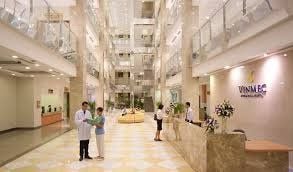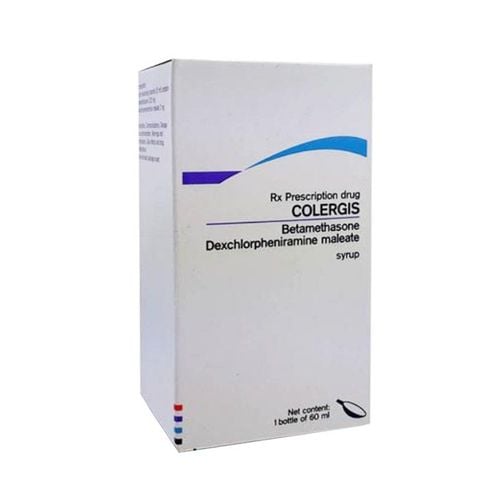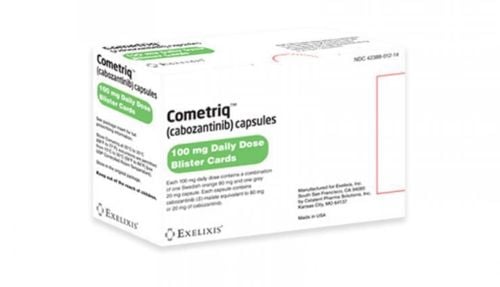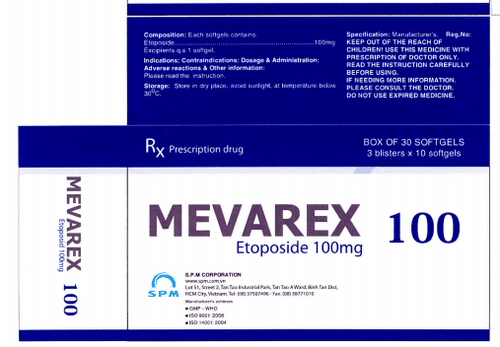This is an automatically translated article.
The article was professionally consulted by Dr., Doctor Le Tan Dat, Radiation Therapy Center - Vinmec Central Park International General Hospital.Stem cell transplantation to treat certain types of cancer, such as cancers of the hematopoietic system (multiple myeloma, leukemia, lymphoma) carries a risk of some unusual health problems. Side effects after a stem cell transplant can appear soon after completing the transplant or appear late after a long time.
1. Side effects immediately after the transplant
1.1. Mouth and throat pain Mucositis or mouth sores is a possible short-term side effect of chemotherapy and radiation therapy that causes a lot of pain in the mouth or throat, making it difficult to eat. This condition usually improves gradually after a few weeks of treatment. For people with cancer, a proper diet plays a very important role. If mouth sores and sore throats interfere with the patient's ability to eat or swallow, medical staff will plan support to help manage the patient's symptoms. The post-transplant period usually requires parenteral nutrition support.1.2. Nausea and vomiting During stem cell transplantation, high doses of chemotherapy can cause severe nausea and vomiting, so doctors often prescribe anti-nausea drugs combined with chemotherapy to prevent . Prophylaxis and prevention of vomiting in patients should take place throughout the course of chemotherapy, from before starting until 7-10 days after the last chemotherapy dose. No single drug is capable of controlling. nausea and vomiting caused by chemotherapy is 100% effective. Therefore, doctors often use a combination of two or more drugs together. Patients should inform their healthcare provider about their nausea or vomiting so that they can be changed if the medication they are taking is not working.

Trong tiến trình ghép tế bào gốc, việc hóa trị liều cao có thể gây buồn nôn và ói mửa nghiêm trọng
It takes 6 months to a year after the transplant for the patient's immune system to function properly. Therefore, during this time, the patient should be closely monitored, minimizing exposure to risk factors for infection. About 1 week before and the first 2-3 weeks after transplantation, the patient needs to lie in an isolated area with almost absolute sterile conditions. Medical staff and family members must always wash their hands, wear protective gear when caring for patients, and do not bring flowers, fresh food or pets near the sick person.
1.4. Bleeding and blood transfusion The patient's red blood cells and platelets also recover gradually after transplantation similar to the recovery process of white blood cells.
Platelets are responsible for blood clotting. For at least the first 3 weeks after transplantation, a low platelet count makes the patient prone to bruising and bleeding, such as nosebleeds and bleeding gums.
Before the stem cells begin to stabilize and function properly, the doctor will ask the patient to follow special precautions to avoid injuries and bleeding. If the patient's platelet and red blood cell counts fall below a certain level, they will be given a platelet or red blood cell transfusion to keep these cells at a safe level.
1.5. Lung problems Pneumonia is very common within the first 100 days after the transplant. Infections or fungal infections of the lungs are also quite common as mentioned above. In addition, lung-related diseases are at risk of appearing within 2 years after the patient is treated for cancer with stem cell transplantation.
Clinical examination, chest X-ray and other tests help detect and diagnose lung conditions. If the patient feels short of breath or has any unusual breathing problems, the patient should immediately notify the doctor for prompt treatment.

Các đợt hóa trị liều cao hoặc chiếu xạ toàn thân có thể tác động xấu đến phổi bệnh nhân
However, this newly reconstituted immune system can also attack the patient's healthy organs, mainly the skin, digestive tract and liver. This impairs the function of the affected organs and increases the risk of infection.
Because allogeneic transplantation requires the use of antirejection drugs, although graft-versus-host disease is common, it is not usually life-threatening. Acute graft resistance begins soon after transplantation and lasts for a short time. Chronic graft resistance begins later and lasts a long time.
1.7. Hepatic Venous Obstruction Hepatic venous occlusion is a rather serious symptom, common in allogeneic transplants, in elderly patients with pre-transplant liver problems and acute graft resistance.
Hepatic venous occlusion usually occurs within about 3 weeks of treatment with the following manifestations:
Yellowing of the skin and eyes Dark urine Pain in the lower right rib (where the liver is) Rapid weight gain, mainly due to distention Abdominal Sometimes this can lead to liver failure and death.
1.8. Transplant failure When the patient's body does not accept the new stem cells, which do not enter the bone marrow and produce blood cells, it is called a transplant failure. This condition commonly occurs when the patient and the donor are not suitable for each other or the source of the transplanted stem cells is too low.
A failed transplant can lead to severe bleeding and infection. Patients will be treated with a second dose of stem cells where sources are available. Transplant failures are rare, but if they do, the patient can die.
2. Long-term side effects
Side effects after a stem cell transplant to cure cancer depend on many factors, such as:Type of transplant Treatment protocol Patient's health Patient's age at transplant Time and degree of inhibition immune system Graft-versus-host status Other drugs used during transplantation Stem cell transplantation cancer treatment has the following long-term side effects:
Organ damage Recurrence of cancer Secondary cancer (new cancer) Abnormal growth of lymph tissues Infertility Hormonal changes, such as thyroid or pituitary gland Cataracts Medications used In transplants can harm organs of the body, such as the heart, lungs, kidneys, liver, bones, joints and nervous system. Patients should be carefully monitored and treated aggressively for problems related to long-term organ damage caused by stem cell transplantation.
3. Cancer treatment with stem cell transplantation at Vinmec Times City

Khoa Ung Bướu - Vinmec Times City được đầu tư đầy đủ trang thiết bị cao cấp và hiện đại
Oncology Department - Vinmec Times City is fully invested with advanced and modern equipment such as: 7-parameter patient monitor (with ETCO2, IBP), B40i, Flow Cytometor Navios machine system for quality assessment stem cells, special isolation beds for cancer patients with hematopoietic stem cell transplantation. In addition, the team of Associate Professors, PhDs, and Doctors here are all well-known people in the industry, with high expertise and experience. As a result, Vinmec International General Hospital can treat cancer with stem cell transplantation for cancer patients right in Vietnam at the most reasonable cost.
Currently, the Oncology Department of Vinmec Times City International General Hospital also cooperates on comprehensive techniques with domestic and international hospitals such as Singapore, Japan, and the US to minimize side effects after cell transplantation. stem cells to cure cancer, promote the effectiveness of treatment and improve the quality of life for patients.
Customers can go directly to Vinmec Times City to visit or contact hotline 0243 9743 556 for support.
Article referenced source: cancer.org
MORE:
Overcoming cancer "smoothly" through successful stem cell transplantation Developing CAR-T cell therapy technology to treat all types of blood cancers How to use hematopoietic stem cells from umbilical cord blood to treat disease?














